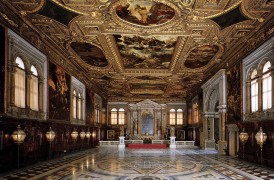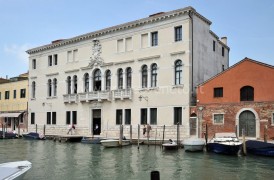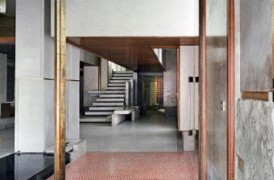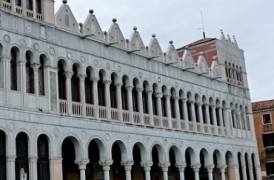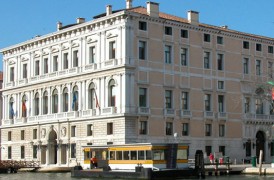
Today Venice is a city that is more than ever devoted to ART. Anyone choosing to take a holiday on the Lagoon has a vast choice of Venice Museums. There are those devoted to the history of the city, such as the Palazzo Ducale, the Museum of Eighteenth-Century Venice in the Ca Rezzonico or the Galleries of the Venetian Academy. Then there are those devoted to contemporary art such as the Palazzo Grazzi and Punta della Dogana as well as those focussing on costumes like the Palazzo Mocenigo and the Fortuny Museum. In Venice it is possible to take in art in all its forms in its numerous MUSEUMS, GALLERIES, CHURCHES, FOUNDATIONS and BUILDINGS.


